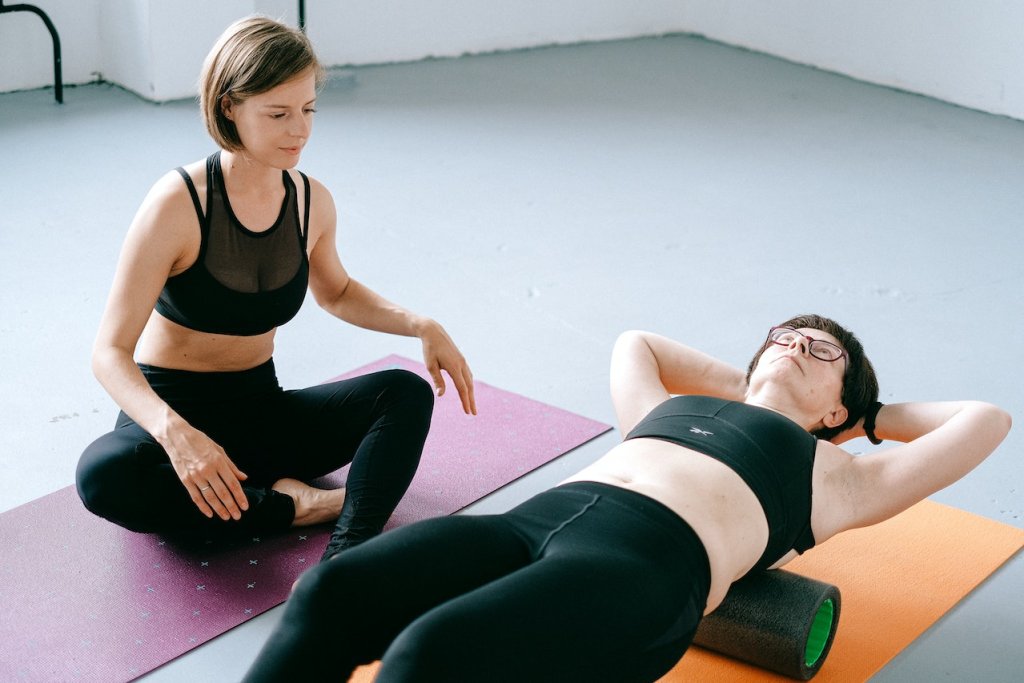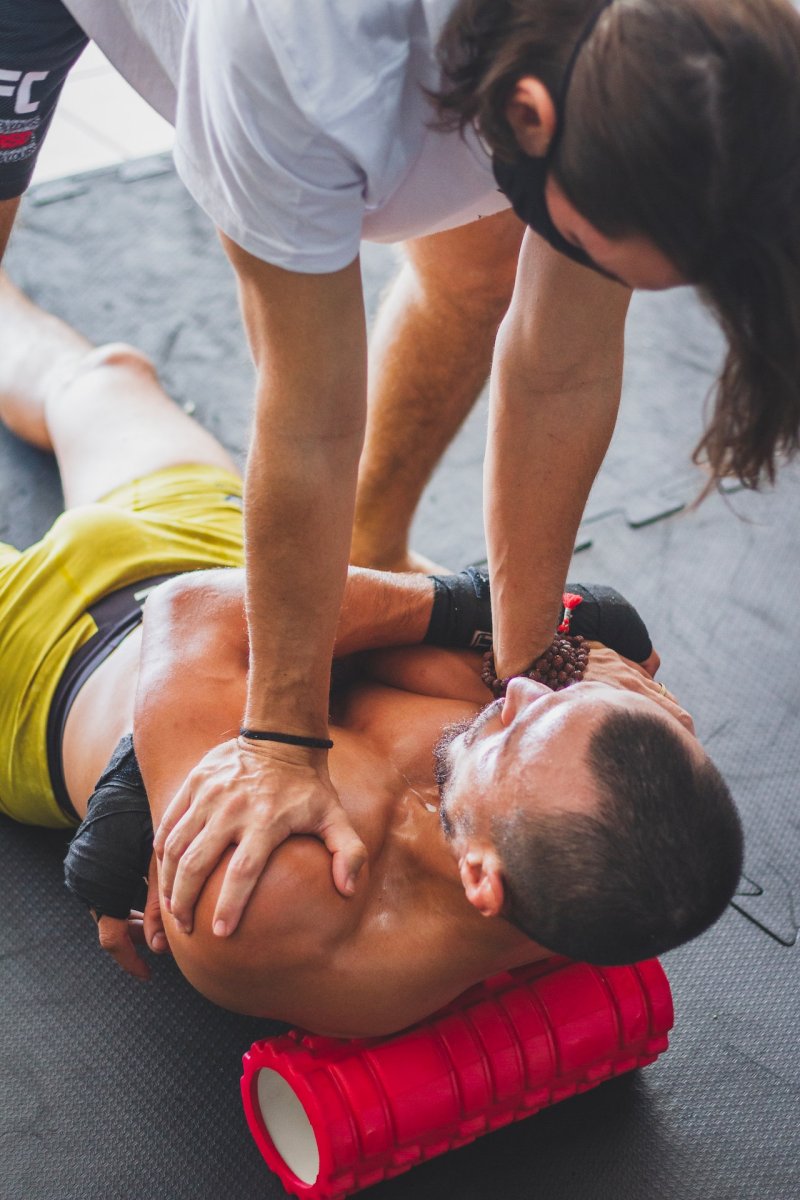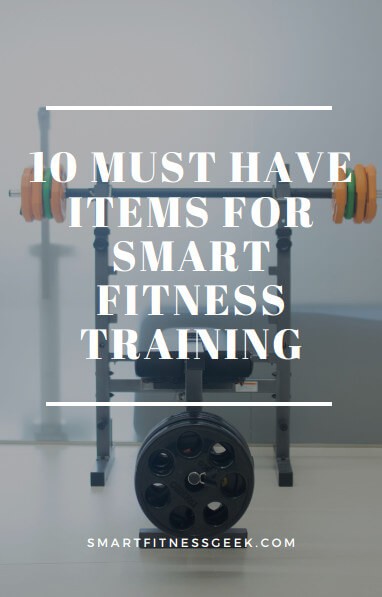Do you have a sore back after working all day? Or maybe you have tight muscles that won’t loosen up? A foam roller might be the answer. But, Can You Use a Foam Roller on Your Back? And if so, how should you use it? In this guide, we will find out
Ever heard of a foam roller? It’s like a mini-massage tool. You use it to press and roll on tight muscles, helping them to relax. It’s a popular tool in gyms and physiotherapy clinics. Now, you might be thinking, can I use this on my back? Is it safe? These are great questions!
Table of Contents
Is a Foam Roller Good for Your Back?
Yes, a foam roller can be really helpful for your back. If you’ve got tight muscles or knots in your back, using a foam roller might just be what you need. It works sort of like a massage, helping your muscles relax. But remember, it’s not a magical cure for all back problems. If you have serious back issues, always consult with a health professional.
How Do You Use a Foam Roller on Your Back?

Let’s break down the steps for using a foam roller on your back.
For the Upper Back
If you’re feeling tension in your upper back, here’s how you can use a foam roller to help:
- Find a good spot: Lay the foam roller on the floor. Choose a flat, open area where you have room to move. You don’t want to bump into anything.
- Get positioned: Sit down on the floor in front of the foam roller. Lean back until your upper back is touching the roller. Make sure it’s the upper part of your back, not your lower back or neck.
- Arm position: Cross your arms over your chest. This position helps expose the back muscles more and gives you better balance.
- Start rolling: Use your legs to push and pull yourself back and forth over the roller. You’re using the strength of your legs to control the movement and pressure.
- Roll the right area: Start from the middle of your back and roll towards your shoulders. Don’t roll all the way onto your neck. That’s a sensitive area, and it’s best not to put pressure there with a foam roller.
For the Lower Back
Lower back a little stiff? Here’s how you can use a foam roller for relief:
- Start in the right place: Sit on the floor and place the foam roller under your lower back. Find a comfortable spot where the roller is pressing against your muscles, not your spine.
- Leg position: Bend your knees with your feet flat on the floor. This position gives you control and stability as you roll.
- Roll carefully: Roll slowly from your lower back towards the middle of your back. The lower back is a sensitive area. You want to use gentle pressure. If you feel any pain, ease up on the pressure or stop.
What Should You Not Do with a Foam Roller on Your Back?

Don’t roll directly on your spine
Your spine, that line of bones down the center of your back, needs to be treated with care. When you’re using the foam roller, make sure you’re always rolling on the muscles on either side of your spine, not directly on it. Imagine your spine as a river, and your foam roller is a boat floating beside it, not over it. This way, you’re applying pressure to the muscles, where it can be beneficial, and not to the bones and nerves, where it could be harmful.
Don’t roll your lower back too hard
The lower back is a sensitive area, housing important structures like the lumbar spine and a network of nerves. It also lacks the same level of muscular support found in the upper back. So, when foam rolling in this area, it’s crucial not to apply too much pressure. Use less body weight or choose a softer foam roller to ensure you don’t press too hard. Remember, the goal is to relieve tension, not to add to it.
Don’t ignore the pain
When using a foam roller, you might feel a bit of discomfort – that’s usually a sign you’re working on a tight spot. But if you feel actual pain, it’s your body’s way of telling you something’s not right. Don’t ignore this. If it hurts a lot, stop! It could be that you’re applying too much pressure, the roller is hitting a sensitive area, or there could be an underlying issue that needs medical attention. So, always listen to your body.
Can Foam Rolling Help with Back Pain?
Yes, it can help with some types of back pain. By relaxing the tight muscles and improving blood flow, foam rolling might ease the discomfort. But remember, it’s not a permanent fix for serious back problems. If your back pain is severe or persistent, it’s important to see a doctor.
How Often Should You Use a Foam Roller on Your Back?
Using a foam roller on your back is a bit like going for a jog or doing a workout. You don’t want to go all out just once a week. Instead, doing a little bit every day is the best way.
- Every day: Try to use the foam roller for a few minutes every day. Just like brushing your teeth, make it a daily habit. It doesn’t have to be a long time. Even just 5 or 10 minutes can help.
- After workouts: Another good time to use the foam roller is after you do your regular workouts. This can help your muscles recover and stop them from getting too tight.
If you’re new to this, take it easy at first. Your muscles might find it a bit strange, and you don’t want to overdo it.
Start slow: Start with just a minute or two, and do it gently. As you get used to it, you can do it for longer and apply a bit more pressure.
The End
Using a foam roller on your back, it’s a bit like giving yourself a massage. It’s a way to help your muscles relax and stay flexible. But just like you wouldn’t massage your own eyes, there are parts of your back that shouldn’t be rolled.
Take your time, be gentle, and listen to your body. If you do this, a foam roller can be a great friend to your back. Remember, it’s all about helping your body feel good. So go ahead, grab that foam roller and give your back the attention it deserves. Happy rolling!







